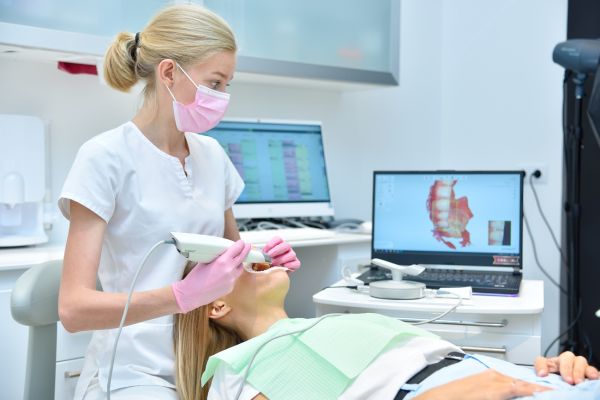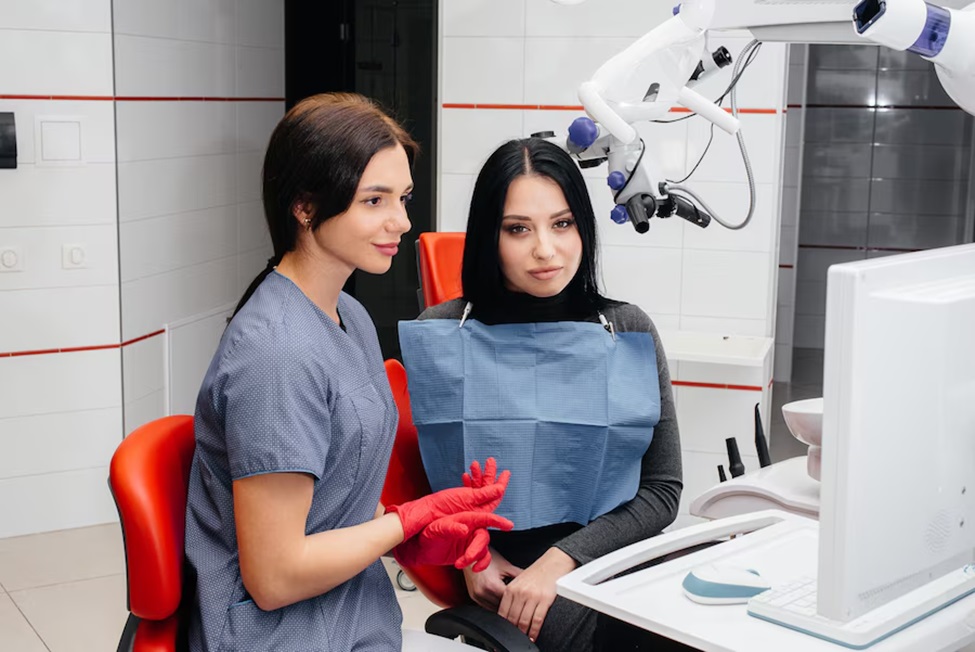Dental care has come a long way since its early days. From simple tooth extractions to advanced cosmetic procedures, the field has seen significant changes. This evolution reflects our growing understanding of both general health and aesthetic desires. Today, the dental world is equipped to handle a range of needs, blending cosmetic and general care seamlessly.
The Rise of Cosmetic Dentistry
In the past, dental care focused mainly on treating decay and disease. However, as societal attitudes shifted, so did the role of the dentist. Enter cosmetic dentistry—a field that prioritizes not just health but appearance. The goal was to create smiles that didn’t just function well but looked great too.
Cosmetic dentists use a variety of techniques to enhance smiles. Teeth whitening, veneers, and bonding are just a few examples. Each treatment aims to improve appearance while maintaining or even improving dental health. The transformation is often dramatic, boosting self-confidence and changing how people perceive themselves.
Integration with Family Dentistry Services
Professional family dentistry services encompass a broad spectrum of care. They’re designed to cater to all age groups, from toddlers to seniors. Over time, these services have incorporated more advanced treatments, reflecting the evolving nature of dental care.
The integration of cosmetic procedures into family dentistry means that patients of all ages can benefit from these advancements. For example, children may receive preventive care and early orthodontic treatments, while adults and seniors might opt for teeth whitening or restorative work. This comprehensive approach ensures that dental care addresses both functional and aesthetic needs across generations.
The Impact of Technology on Dental Care

Technology has revolutionized the way we approach dental care. Digital imaging, laser treatments, and CAD/CAM technology have all made a significant impact. These tools allow for more precise diagnostics and treatments.
Digital imaging, for instance, provides detailed views of a patient’s teeth and jaw structure. This means that a cosmetic dentist can plan treatments with greater accuracy. Similarly, laser technology can perform procedures with minimal discomfort and faster recovery times. These advancements have made cosmetic and general dental procedures more effective and less invasive.
Preventive Measures and Cosmetic Goals
Preventive care is a cornerstone of modern dentistry. Regular check-ups, cleanings, and early intervention can prevent many issues from developing. But the focus has expanded beyond just maintaining health to also achieving cosmetic goals.
For example, fluoride treatments and sealants are not only designed to prevent cavities but also to preserve the aesthetic quality of teeth. By addressing potential problems early, dentists can help patients avoid more extensive and costly treatments later on. This preventive approach supports both the longevity of dental health and the pursuit of a beautiful smile.
The Future of Dental Care
Looking ahead, the future of dental care seems promising. Innovations in materials and techniques are continually emerging. From advanced whitening systems to more effective orthodontic solutions, the possibilities are endless.
As dental care evolves, it continues to bridge the gap between health and aesthetics. With the integration of cosmetic procedures into family dentistry services, patients can enjoy both a healthy and beautiful smile. The field’s progress reflects our growing understanding of dental needs and our desire for comprehensive care that enhances both function and appearance.




